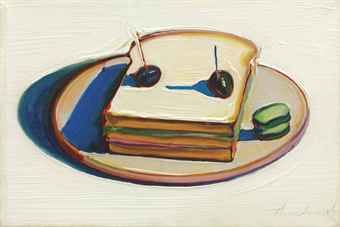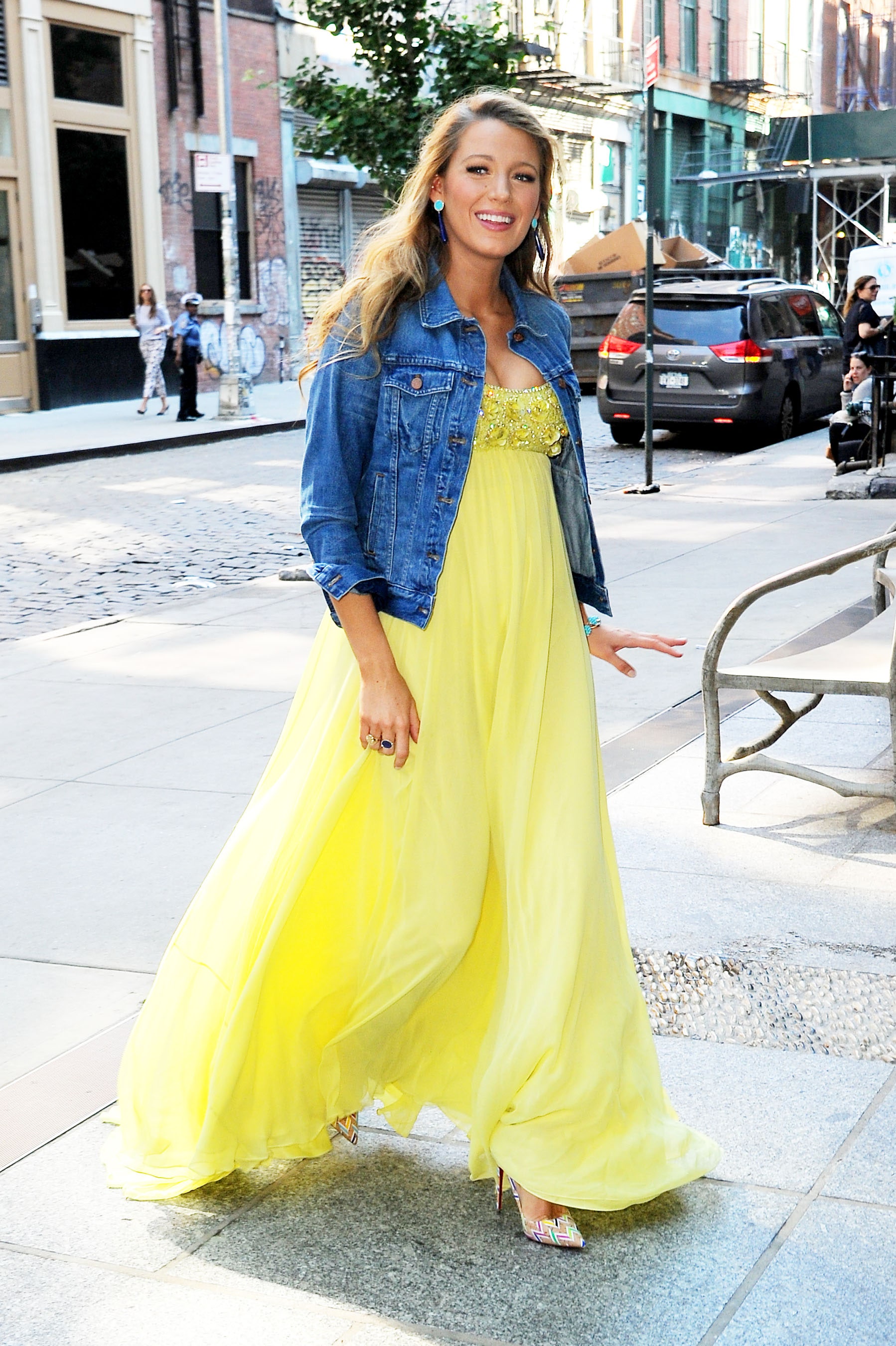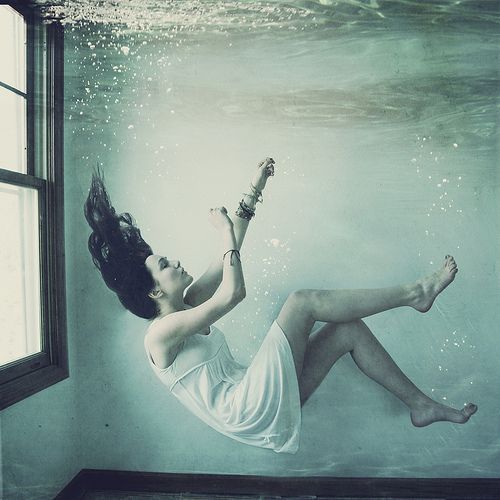
Hyperrealism is an art form in which sculptures and paintings are made to look like high-resolution photographs. These images don't have any narrative elements or opinions. These works can be considered a step up in photorealism. Hyperrealism is more detailed than photos and uses advanced lighting techniques. This kind of art is often used for commercial and architectural purposes.
Hyperrealism is art that looks almost like high-resolution photographs
Hyperrealism, a visual art style that resembles high-resolution photographs, is a form of visual art. It's not only about the latest digital technologies, but also about focusing attention on the details that make the image look real. The style uses textures, surfaces and lighting effects to create a convincing simulation of reality. Hyperrealism is a step beyond photorealism, which is a style of art that mimics photographs with paint.
Hyperrealism artists have taken advantage of the inherent anomalies in digital images, including fractals, to emphasize the digital nature of their work. Robert Bechtle, Denis Peterson, Bert Monroy and Chuck Close all use fractalization in their hyper-realistic images.

Hyperrealism has seen a lot of progress over the past decades, and it has gained prominence in Europe as well as the United States. It is known for its photo-like appearance as well as its technically flawless techniques. This style challenges the limits of the human visual system and has gained popularity due to technological advances.
Hyperrealism art lacks opinion
Hyperrealism is an art style that attempts to accurately capture the real-world with extreme realism. It is not meant to communicate opinion but to make the world as real as possible. It is intended to evoke emotion through a realistic image. Some critics have called it illogical, while others praise the style as a tribute for the human spirit.
There are four themes that run through the hyperrealistic artworks. One of these is the relationship between the televisual medium and modern violence. Galym Madanov’s 1989 Recreational Zone depicts the screen of a normal television going off, with tiny fragments of incendiary materials shooting into the space of the viewer.
Hyperrealism is a popular art genre. Many artists use color palettes to create realistic images. Hyperrealism does not require that the subject be proportioned exactly. The influence of colors on emotions is another reason hyperrealistic art is often so well-liked.

Hyperrealistic art is lacking narrative elements
Hyperrealist paintings are accused of not showing inner states and removing the artist's interpretation. These paintings often depict electrified fences. Salt shakers. plastic nozzles. The interior of a refrigerator. And the reflection of sunlight on a car’s window. This technique is used in a variety artists including Lisa Moore.
While hyperrealism is relatively new, it developed from several other movements and styles. It works with traditional art tools, such as ink, clay, and graphite. Only a few are among its pioneers. Hyperrealism's aesthetics are different from other art movements. It allows for greater freedom and experimentation.
It captures the essence and emotion of real life. Although some may find hyperrealism pointless, it is an example of human capability.
FAQ
How can I incorporate pop culture into my marketing strategy?
To understand how to use pop culture in your marketing strategy, you need to look at the trends within it.
Let's assume, for example that you wanted a promotion to promote a new movie. What kind of promotion would you be able to run?
You could create a trailer with clips taken from the film. You could even find a clip that features one of your products or services and includes it in the video.
Another option is to create a parody trailer using clips from other movies.
You can use the movie's plotline as a basis for your promotional campaign, if you are promoting a product/service related to that film's theme. One example: If you are promoting a product or service that helps astronauts keep healthy while they travel through space, it might make sense to promote the product.
You could do promotions based upon the plotline of a business related to the movie's subject. For instance, if your company sells food, you could offer free food samples to customers who buy tickets to see the movie.
How did pop culture develop?
The development of popular culture was driven by technology. It developed with the rise of mobile technology. Mass communication was made possible by the invention of radio. This made it possible to create television, which was then used to develop the internet.
People started using computers at home and were exposed to computer games. These games were originally played on consoles like Sony Playstation 3 or the Nintendo Wii. These games can be downloaded online for free. Many youngsters now choose to play videogames over watching TV.
Video games are extremely popular with teenagers and kids. You can play them alone or with your friends online. Call Of Duty, Grand Theft Auto and other violent games can be dangerous. Some parents are worried about their children playing these video games. Some people find it thrilling to see what happens when a character is killed.
Music videos are another way youth can be influenced by pop culture. They feature celebrities and information about current trends. They are very popular with young people. Music plays an important part in our lives, there's no question about that!
Artists often use special effects to enhance music videos. To make their appearance more attractive, rappers may wear makeup or wigs. Others put themselves through extreme physical demands to show off their bodies. Many singers perform while wearing costumes.
There are so many options for music today. You can listen to whatever you like. But this isn't always good news. Music can sometimes encourage violence. People become angry when they hear certain lyrics and words. Sometimes they even commit crimes.
50 Cent recently experienced this. The line from his song Get Rich Or Die Trying is "I'm going down a motherfucker / I don’t know why, but I might." Someone heard this song and thought it meant that he was going to kill someone. A man threatened him by calling him. 50 Cent updated the lyrics. It now only says: "I will shoot a bitch/ I don’t understand why but I just might."
Popular culture is essential. We need to be able to see how it affects our lives. If we don’t know how it affects our lives, we won’t have the ability to protect ourselves from its negative consequences.
How did pop music get started?
It was accidental. The accident that someone accidentally knocked down a piano in 1920 caused the first song's creation.
The recording company liked what it heard and decided that the single would be released.
This was the first hit single.
Pop music has become today's most popular form for musical entertainment.
Why pop music is popular?
Pop music is fun because it is entertaining! It makes you feel happy and gives you a great sense of freedom. People listen to pop music and can think about nothing but themselves. They don’t have to worry what other people think. And this is why pop music is so popular. People enjoy listening to music that makes them feel good. If you're feeling down, you can always turn on the radio and hear some upbeat tunes. You may even find yourself singing along. Pop music has been immensely successful over the years.
Who came up with the term Pop Music?
Frank Zappa invents the term pop music. Pop music was his preferred style.
He said that he wanted to write music that would appeal to everyone. This is why he called the music "pop music".
Zappa also invents the phrase "You'll know it's pop when ..."". It means that something is extremely popular if you have many people enjoying it. Michael Jackson's Thriller album, for example, is one of his most popular albums.
Zappa's definition of pop music is different from how it is now. Pop music today includes all kinds of music. However, back then only certain music was considered popular.
What is music's popular culture?
Popular Music Culture is an ever-changing phenomenon that takes many forms.
The use of certain music styles (e.g. jazz, rock) and lyrics is what defines popular music culture. It also includes the impact of visual media such as television, fashion and advertising on artists' careers, as well as public perception.
It's also about how fans interact with their favorite artists.
One aspect of popular music culture is the rise of "superstars," artists who have achieved fame, fortune, and status for themselves.
These stars often transcend genres, becoming cultural icons and influencing the evolution of popular music.
Other aspects of popular music culture include:
* The rise recording technology – from acoustic instruments up to electric guitarists and microphones.
* Invention of the record player and radio
* The birth and rise of rock & roll.
* The introduction TV and film
* The introduction of MTV and VH1
* The creation of internet.
What examples of pop culture are there in 2020?
The music industry is changing quickly. This year saw artists like Travis Scott, Post Malone, Billie Eilish and Billie Eilish reach number one on Billboard’s Hot 100 Chart. This was an unprecedented achievement for any artist.
The same applies to streaming services. Spotify reported that they streamed 10 billion hours of audio content in the last year. This is five times more than what Spotify users listened to just five years back!
This has led to a massive shift in how people consume media. Now, more people consume content than create it.
Everybody, from babies to old age, can now listen to high-quality audio content. This allows anyone to record, edit and mix their music.
To be able to sing your favorite song, you don't need to attend university to study classical instrumentation. You can download an app, add voice and upload to YouTube.
And if you don't want to make music yourself, why not watch someone else doing it instead? There are many channels where you can watch videos of songs.
Statistics
- Yet a Nielsen study shows they account for 42% of the country's most-watched content on streaming services. courtesy Nielsen (npr.org)
- Recently, the market share across Western Europe has ranged from 60-75% (Hopewell, 2013). (socialsci.libretexts.org)
- [17][18][19]Definition[edit]According to author John Storey, there are various definitions of popular culture. (en.wikipedia.org)
- According to Dictionary.com, popular culture, or low culture as it is sometimes referred to is comprised of the “cultural activities or commercial products reflecting, suited to, or aimed at the tastes of the general masses of people” (7/21/19). (socialsci.libretexts.org)
- According to CNBC.com, “more than 70% of the film's revenue came from countries outside the US” (https://www.cnbc.com/2019/01/08/aqua...nal-sales.html, ret. 8/18/19). (socialsci.libretexts.org)
External Links
How To
Is social networking pop culture?
Social media have become part and parcel of our cultural identity. They have become an integral part in our society. It's more than a way for people connect - it's an extension of us.
We share personal information via Facebook, follow celebrities through Twitter, watch videos online, upload them all to YouTube, take photos and then post them to Instagram. These platforms are used as a way to communicate and express ourselves. And while this may seem trivial initially, there are many implications when you think about how we interact with each other using these channels.
If you are a celebrity, for example, it is important to let everyone know what you ate for breakfast. It will impact your mood throughout the day. A politician will need to communicate your message to more people.
If you are running a business, you want to know which posts are going viral to replicate them.
Social media is now mainstream culture. Social media is popular because people congregate around particular topics. These topics are most commonly used:
Celebrities - Celebrities are a favorite topic of conversation. People like to discuss the latest events surrounding their lives, whether it's gossip or news.
Events – Fans are often excited by events such as concerts and sporting events. Many people share photos, videos, and updates regarding these events.
Products & Services - Products & Services are always hot topics. Customers are constantly looking for ways to improve their lifestyles and are willing to spend money on the best solutions.
People share content on social media which is not necessarily related to any of the above categories. This includes:
Travel - People like to share their experiences when they travel. To find out more about safety abroad, and where to go, travelers are always open to new possibilities.
Fashion - Fashion has been one of the biggest industries in recent years. Social media has allowed brands to advertise their products and services through campaigns that encourage people show their outfits.
Sports - Sports is another popular topic. Sports fans are passionately involved in their favorite teams, players and coaches.
Technology is constantly evolving and people love to learn about the latest innovations.
The point is that anything that generates buzz can be considered pop culture. It doesn't matter if you're selling shoes, watches or cars. You just need to understand how social media works and the types of content people share.
There are several ways that you can tap into this market. You can start by joining the relevant Reddit or Quora, LinkedIn, Google+, and Google+ communities. Participating in discussions, answering queries, writing articles and engaging with others can help you gain exposure and potential customers.
Sites like Facebook, Twitter and Pinterest allow you to create your own social media accounts. These websites let you meet others with similar interests.
Paid advertising platforms such as Instagram and Facebook are also worth considering. You can target specific demographics with these ads based upon income level, location, age, gender, and geographic characteristics.
Social media marketing offers a way to reach audiences that might otherwise miss your messages. It's important not to forget that just because something is well-received doesn't mean it will translate well. Because they don't spend enough time studying each platform, many brands miss significant business opportunities.